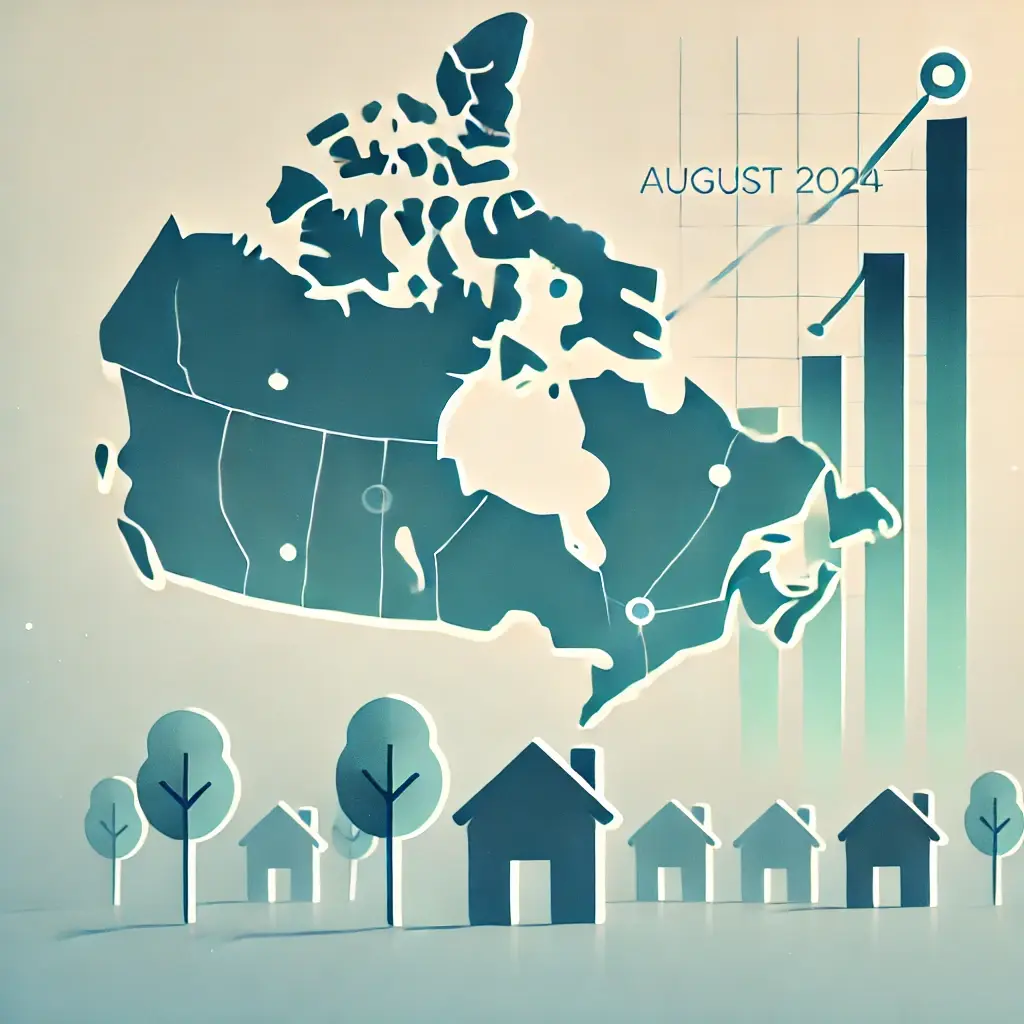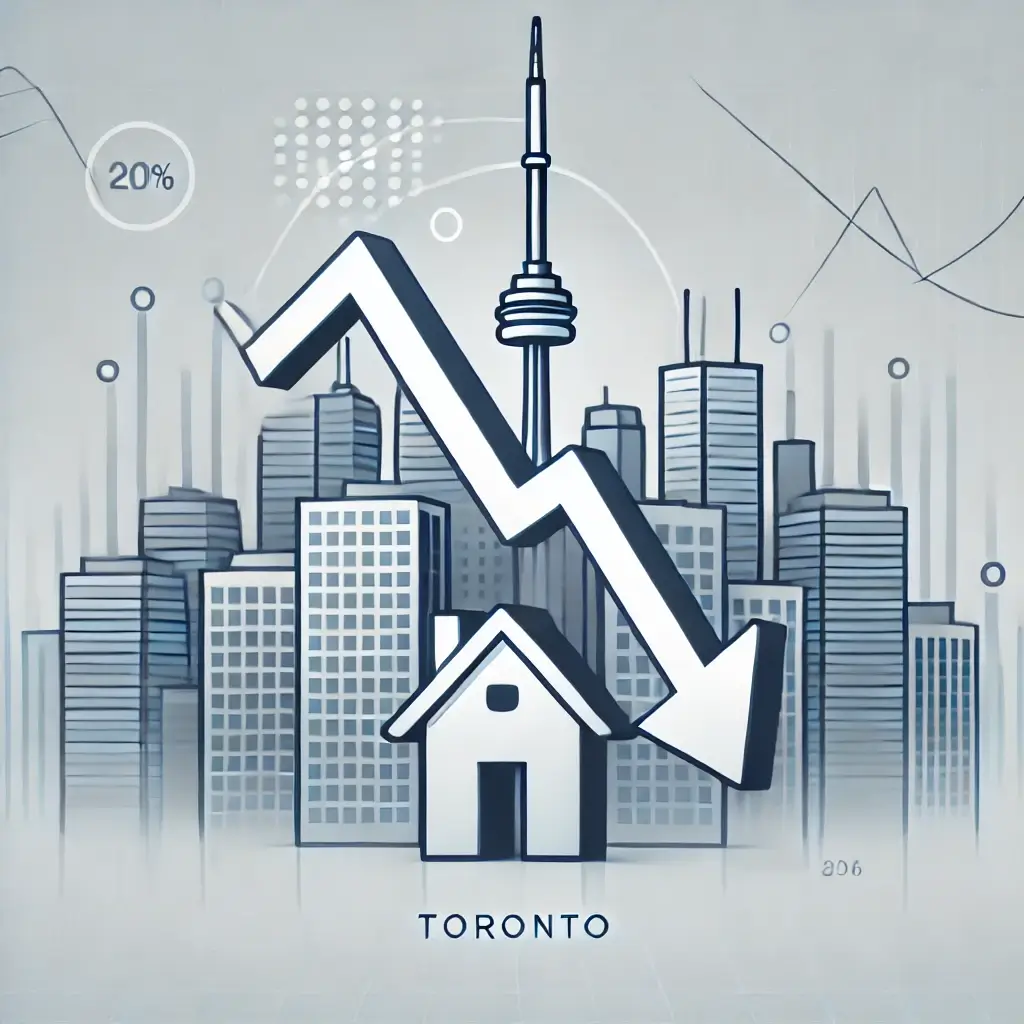As we move through August 2024, the Ontario real estate market continues to reflect the complexities and evolving dynamics of the broader economic landscape. In the Greater Toronto Area (GTA), the average home sold price has seen a slight decrease of 1.7% year-over-year, settling at $1,162,167 in June 2024. This trend offers insights into the current state and future direction of the market.
Stabilization Amid Economic Recovery
The Ontario real estate market is stabilizing as the province’s economy recovers from the COVID-19 pandemic. The rise in consumer confidence, driven by high vaccination rates and eased restrictions, has helped to create a more balanced market. While prices are not rising as rapidly as in previous years, the market remains robust with steady demand across various regions.
Regional Price Trends
Different regions in Ontario are experiencing varied price trends:
- Greater Toronto Area (GTA): The average home price decreased by 1.7% year-over-year to $1,162,167. This modest decline reflects the cooling of a market that had seen significant price increases over the last decade.
- Mississauga: Home prices decreased by 0.8% year-over-year to $1,103,727, indicating a slight adjustment in one of Ontario’s more expensive markets.
- Brampton: A more substantial decrease of 9.3% year-over-year to $1,009,802 suggests greater volatility in this suburban market.
- Ottawa: The average home price in Ottawa reached $686,535, up 2.4% year-over-year, showing resilience and continued demand in the capital city.
Suburban and Secondary Market Growth
The trend of urban dwellers moving to suburban and secondary markets continues. Areas like Hamilton, Kitchener-Waterloo, and Barrie are seeing increased interest as buyers seek larger homes and more outdoor space. This shift is driven by the desire for a better quality of life and the flexibility of remote work.
Sustainability and Energy Efficiency
Environmental concerns are increasingly shaping buyer preferences. There is a growing demand for homes with sustainable features such as solar panels, energy-efficient appliances, and eco-friendly building materials. This trend is expected to persist, with builders and developers incorporating more green features into new construction.
Interest Rates and Market Dynamics
The Bank of Canada’s interest rate policies significantly influence the real estate market. The recent interest rate cuts in June 2024 have provided some relief to buyers by reducing borrowing costs. However, the overall impact on the market is mixed, with some regions experiencing price declines while others remain stable.
Health and Wellness Amenities
The importance of health and wellness, highlighted by the pandemic, continues to drive demand for properties with features that support a healthy lifestyle. Homebuyers are increasingly looking for homes with gyms, outdoor spaces, and proximity to parks and green areas.
Conclusion
The Ontario real estate market in August 2024 is characterized by stabilization and moderate growth, influenced by economic recovery, affordability challenges, and changing buyer preferences. The slight decrease in the average home price in the GTA is part of a broader trend of cooling in previously overheated markets. Buyers, sellers, and investors should stay informed about these trends to make strategic decisions in this dynamic environment.








